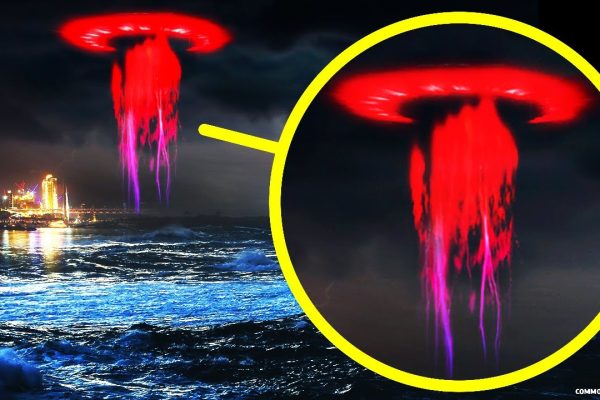
Top 10 Most Extreme Weather Events That Changed History ⚡🌪️
From catastrophic storms that toppled empires to freak weather that altered the course of civilizations, Earth’s climate has shaped human history in unpredictable and devastating ways. These extreme events remind us of nature’s unstoppable power—and how vulnerable societies can be when disaster strikes. Here are the 10 most extreme weather events that left an indelible mark on history, triggering famines,…

